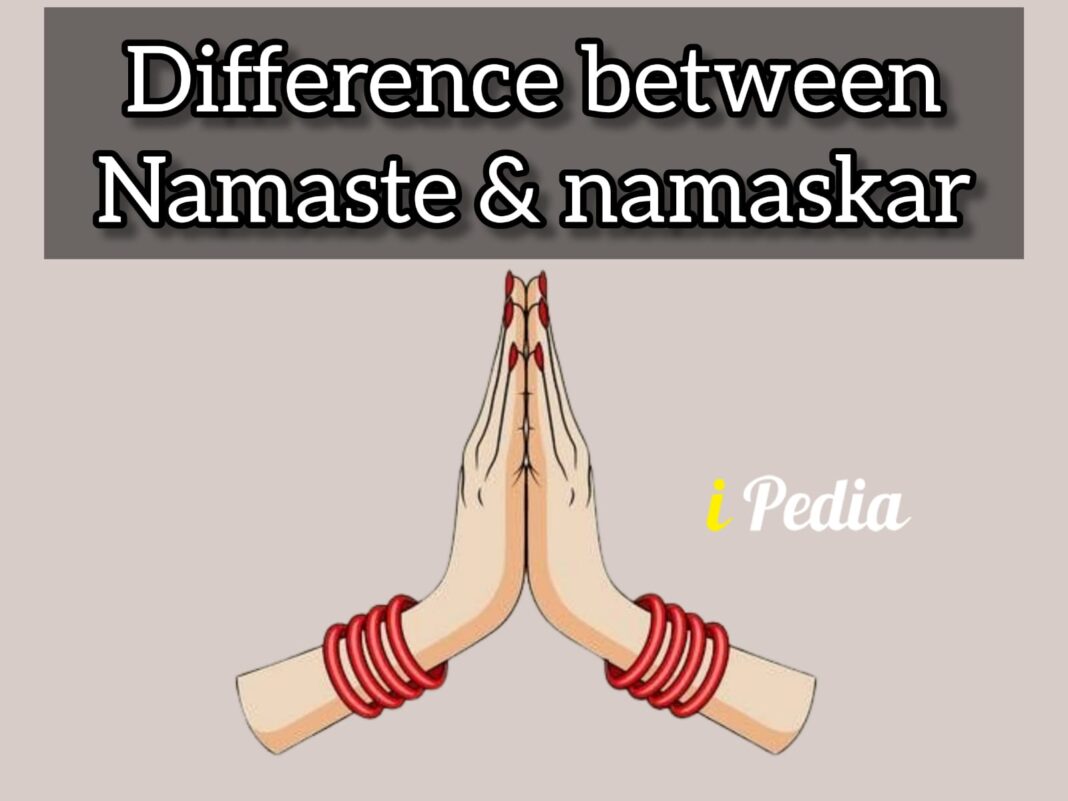The Meaning of Namaste:
In Sanskrit the word is namah + te = namaste which means “I bow to you” my greetings, salutations or prostration to you. The word ‘namaha’ can also be literally interpreted as “na ma” (not mine). It has a spiritual significance of negating or reducing one’s ego in the presence of another.
Yoga instructor Aadil Palkhivala explains, “Nama means bow, as means I, and te means you.” So, namaste literally translates to “bow me to you” or “I bow to you. “
The Hindu idea that God resides in everyone leads to the “Divine in you” interpretation, which states that you should respect everyone you greet. The gesture, according to Palkhivala, who started learning under B. K. S. Iyengar when he was a young boy, is an acknowledgment of the soul in one by the soul in another.
difference between namaskar and namaste?
Namaste and namaskar are frequently used interchangeably. Both are used to salute and pay respect to an esteemed individual. Those who are exceedingly powerful, spiritually significant, and highly regarded are frequently referred to as namaskars. (Remember that you are politely saluting the sun while you perform the Surya Namaskar.)
Also Read – why 108 is important in Hinduism?



